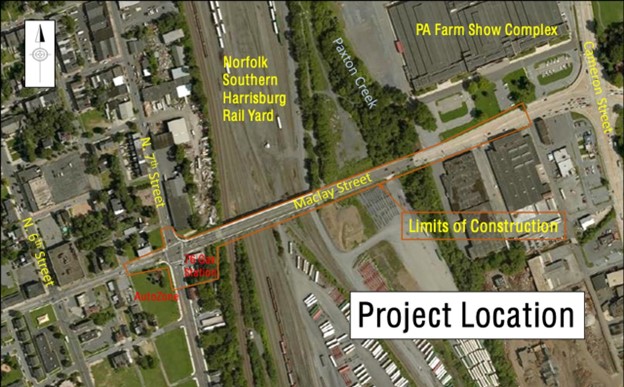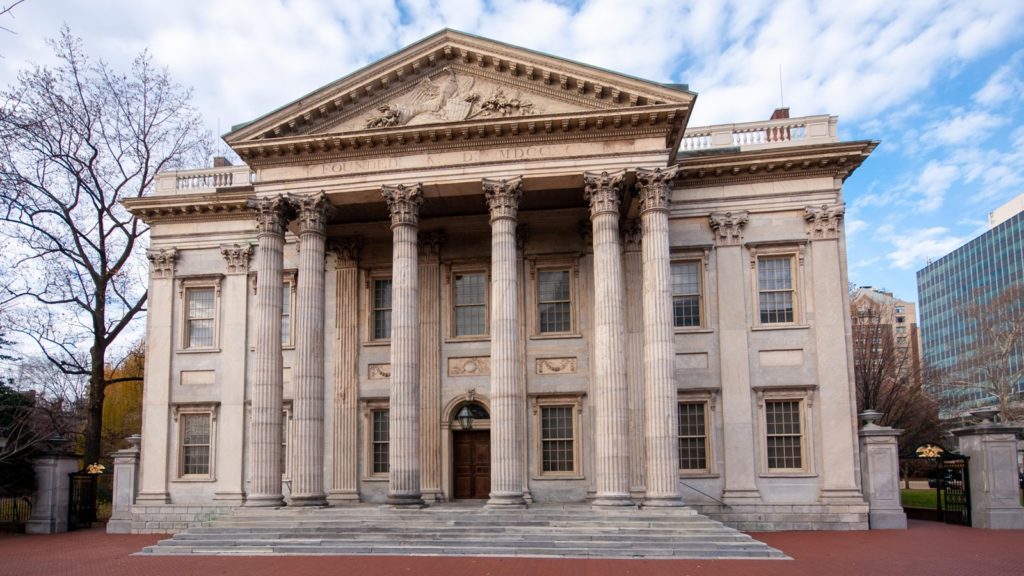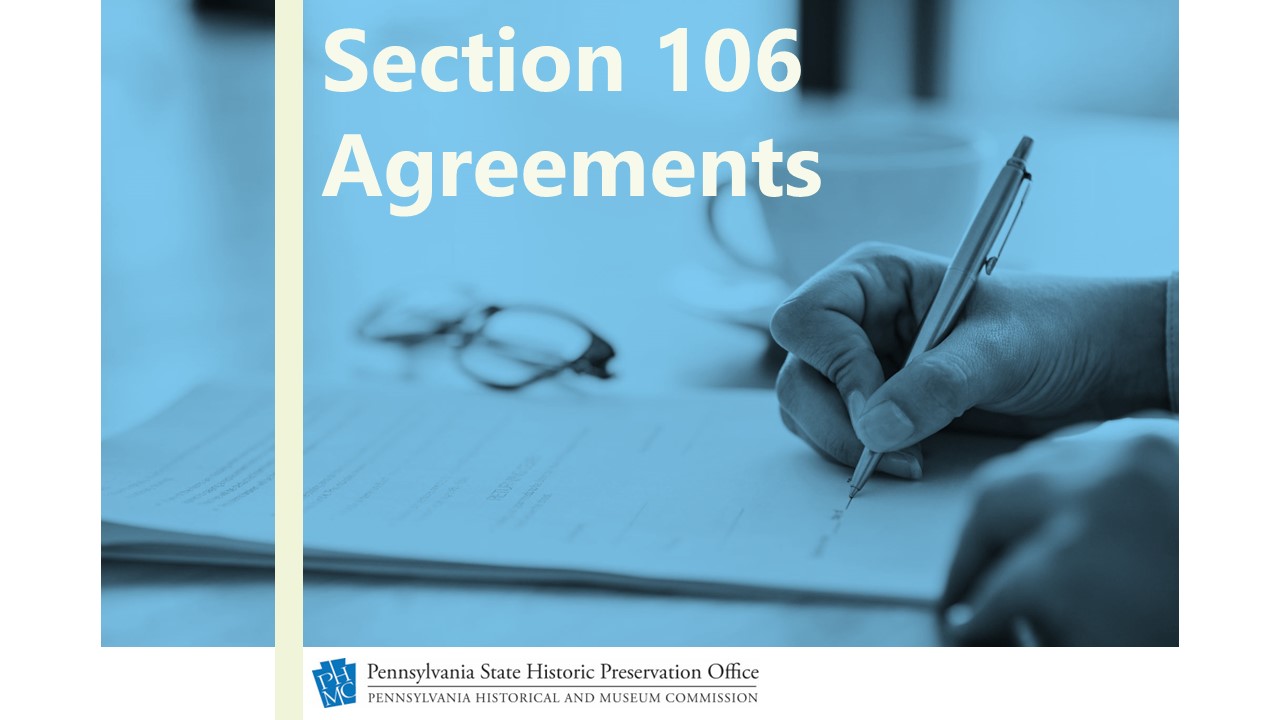This is part of a biannual blog series highlighting the agreement documents executed by PA SHPO in accordance with Section 106 of the National Historic Preservation Act and its implementing regulations.
Between July 1 and December 31 of 2022, PA SHPO has been a signatory to approximately nine (9) Section 106 agreement documents with four different federal agencies as part of consultation for the resolution of adverse effects to historic properties.
Below illustrates a selection of the agreement documents executed within the past six months.
Letter of Agreement between the Federal Highway Administration, Pennsylvania Department of Transportation, and PA SHPO Regarding the Maclay Street Bridge, Dauphin County.
The proposed project includes the replacement of the bridge that carries Maclay Street over the Norfolk Southern Railway, a contributing resource to the Pennsylvania Railroad: Main Line, which is eligible for listing in the National Register of Historic Places (PA-SHARE Resource #1993RE00391).
Mitigation developed stipulates the incorporation of context sensitive design features into the new bridge including interpretative elements of the interior parapet to reflect both the adjacent Pennsylvania Farm Show complex and the Pennsylvania Railroad.

In addition, mitigation also stipulates the development and installation of an interpretative display that highlights the historical connection between the Pennsylvania Railroad and the Pennsylvania State Farm Show, to be installed on the farm show complex property.
Memorandum of Agreement between the National Park Service, Delaware Nation, Shawnee Tribe, and the PA SHPO Regarding the Rehabilitation and Reuse of the First Bank of the United States, Philadelphia.
The proposed project includes the rehabilitation of the First Bank of the United States, a National Historical Landmark within Independence National Historical Park. The project will consist of rehabilitation of the interior, repair of the exterior masonry, replacement of the deteriorated metal roof and the construction of an addition on the west elevation of the building to accommodate accessibility needs. As a result, the proposed project was determined to have an adverse effect on not only the First Bank but the adjacent Carpenter’s Hall, also a National Historic Landmark due to viewshed impacts.

In consultation with PA SHPO and other consulting parties, mitigation stipulations the development and installation of an exhibit focusing on the history of the site and setting of the First Bank and Carpenter’s Hall as a planned permanent exhibit in the rehabilitated First Bank. The exhibit topic will span the pre-contact period through to the development of the current setting, providing for an improved interpretation of Dock Creek, helping visitors understand the chronology of the setting, urbanism, and the current assemblage of the historic buildings in the green landscape.
In addition, other mitigation stipulations include coordinated design development document review by PA SHPO and archaeological monitoring of all construction excavations that exceed five feet below existing grade.
Amendment to Programmatic Agreement between the City of Philadelphia and PA SHPO Regarding Historic Properties Affected by the Use of Funding from the U.S. Department of Housing and Urban Development Part 58 Programs.
This amendment to the existing Programmatic Agreement (PA; executed in 2016) extended the PA for one more year. The intention is to allow for sufficient time and extensive consultation between the City of Philadelphia, PA SHPO, HUD, the Advisory Council on Historic Preservation, and other consulting parties as well as additional public outreach with the goal of developing a new Programmatic Agreement before the end of the calendar year.
Remember! Section 106 is inherently a consultative law, and that consultation is most effective when other consulting parties get involved. Learn more about Section 106 and consulting parties here!

Leave a Reply